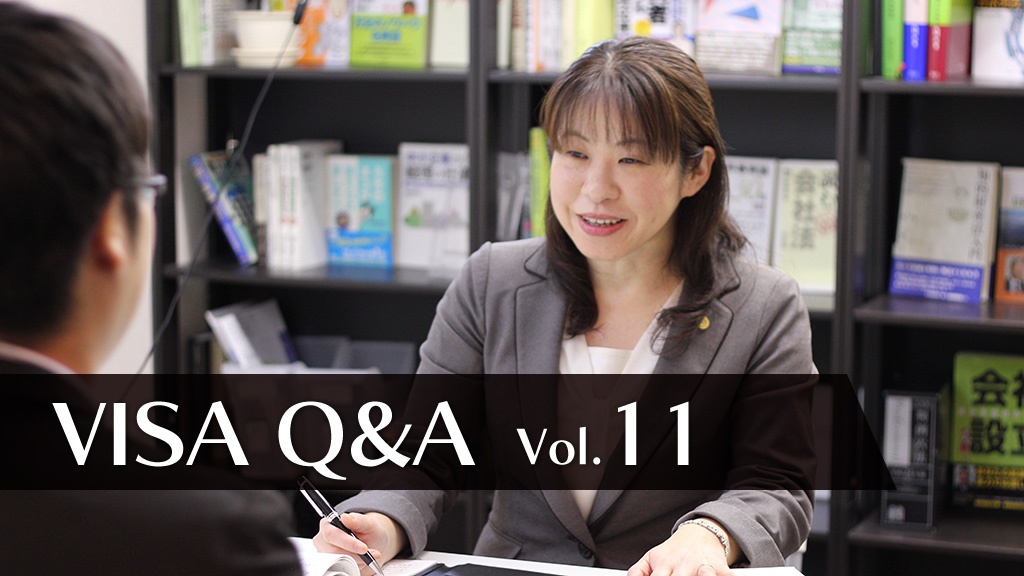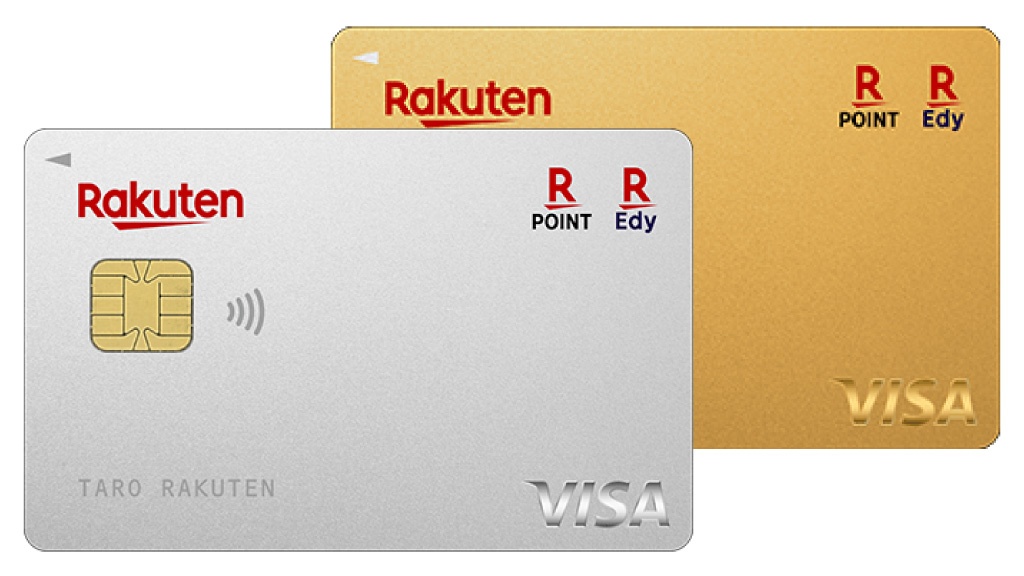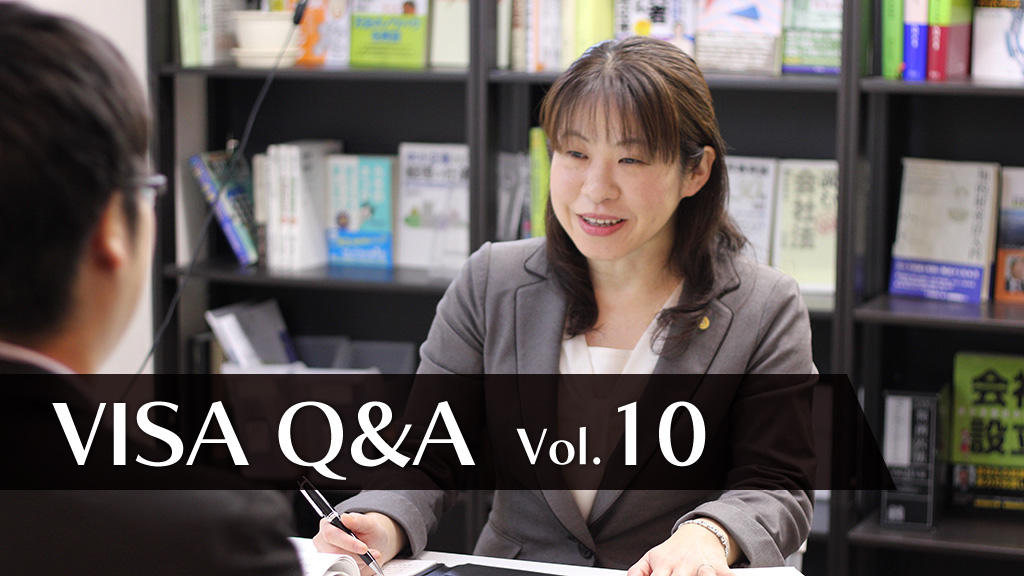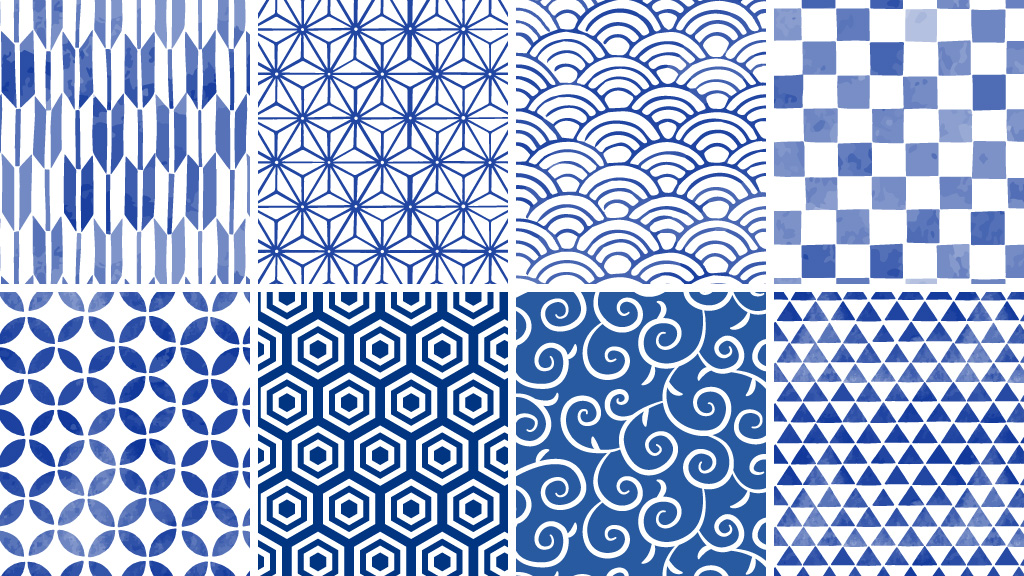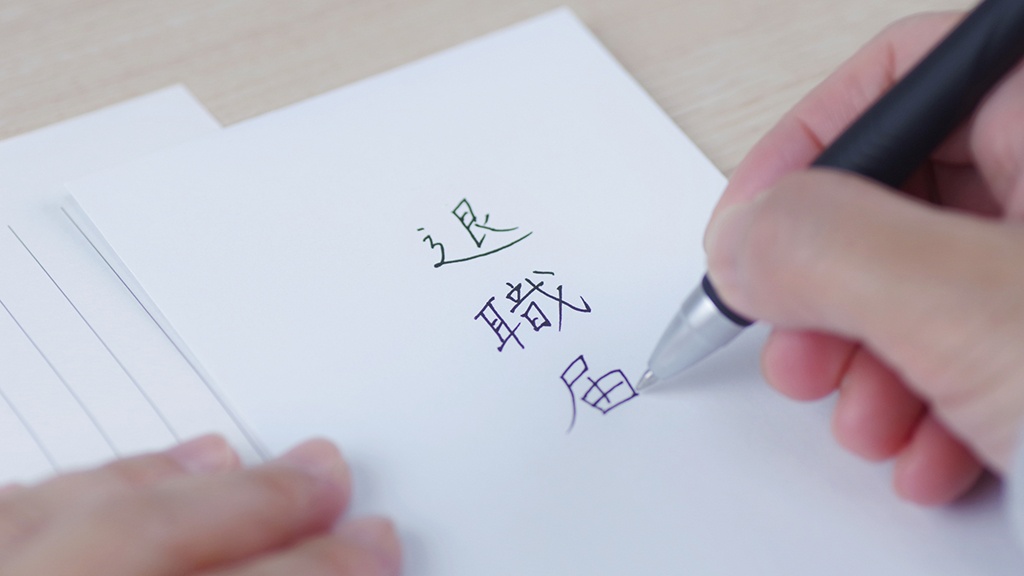Children’s Day: History, Decorations and Food
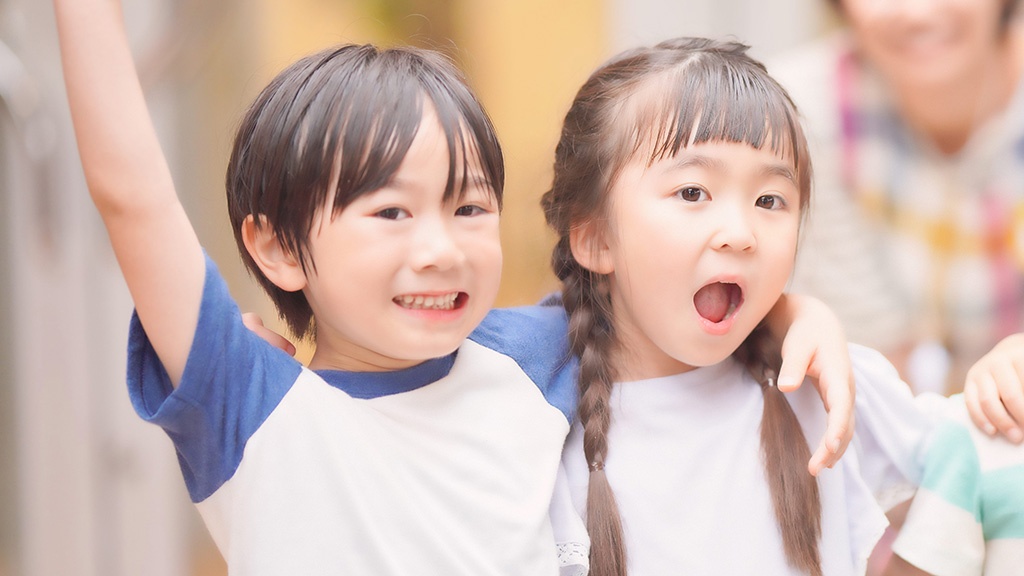
This post is also available in 日本語
Does your country have a specific day to celebrate children? If so, when is it? In Japan, we have a holiday called Children’s Day, to celebrate children on the 5th of May. The law states that the day is to “respect the personality of children, promote their happiness and also show appreciation to their mothers, who nurture them.” However, the 5th of May is also the day of a traditional event called “Tango-no-Sekku”(Boys’ Festival), so it tends to be seen as a day to celebrate boys.
On this occasion, let me tell you about Children’s Day in Japan.
Contents
Children’s Day and “Tango-no Sekku”
In Japan, traditional events to celebrate the five Sekku festivals, which were derived originally from China, have been held since ancient times. For example, on “Momo-no-Sekku” (Girls’ Day) on the 3rd of March, “Hina” dolls and peach blossoms are decorated to wish for the healthy growth of girls, and on “Tango-no-Sekku” (Boys’ Day) on 5th of May, carp streamers and May dolls are displayed to wish for the healthy growth of boys.
Children’s Day, on the other hand, has a more recent history and was established as a public holiday in 1948. The date of the 5th of May, when “Tango no Sekku” is celebrated, was chosen from among various candidate days.
Children’s Day is a holiday to wish for the health and happiness of all children, regardless of gender, but as it coincides with “Tango no Sekku”, it is also a day to celebrate boys.
[Decoration] Koi Nobori (Carp streamers)

Koi Nobori (Carp streamers) are decorated outside the house during the seasonal Boys’ Festival. Carp pictures are drawn on paper or cloth and attached to the end of a pole , and put up them. Nowadays, due to housing conditions, there are various types, such as carp streamers that can be displayed indoors. The reason carp are drawn on the streamers is as a wish that the child will grow up to be as strong as the carp that rises against the current of the river. (Be careful when decorating your home, e.g. on the balcony of an apartment building, as there is a risk of it falling over.)
[Decoration] Gogatsu Ningyo (Boys’ May Festival dolls)
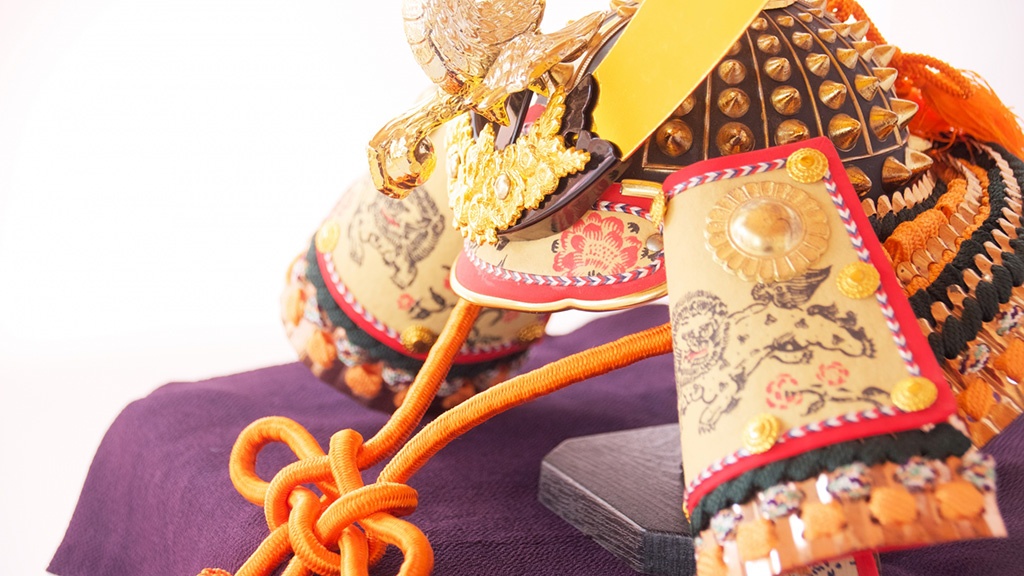
These dolls are displayed in the house during the season of Boys’ Festival. There are “Yoroi Kazari” (armor decorations), which include a set of armor and bow and arrow, “Kabuto Kazari” (helmet decorations), which resemble a headdress, and warrior dolls, which are dolls portraying warriors. As armor and helmets are protective gear used by warriors to protect themselves, they are meant to ward off bad luck. Wearing or decorating helmets, made with your children from newspaper or origami, will create some fun memories.
[Food] Kashiwa Mochi (rice cake wrapped in oak leaves)
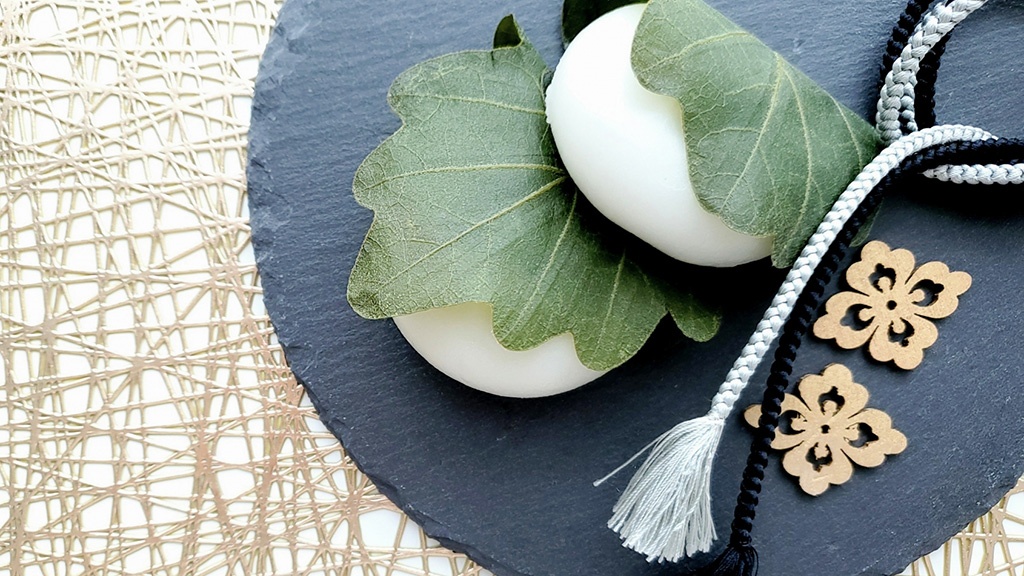
Kashiwa-mochi is Japanese confectionery made of rice flour and other ingredients, filled with sweet red bean paste and wrapped in Kashiwa (oak) leaves. They may also be wrapped in “sarutori ibara”(smilax china) or Hoba Leaf. Kashiwa literally means ‘prosperity of descendants’, as the leaves do not fall off until new shoots appear. It can be purchased from supermarkets and convenience stores. The leaves not only have a fragrance, but also have anti-bacterial and moisturizing effects. (The leaves are not eaten.)
[Food] Chimaki
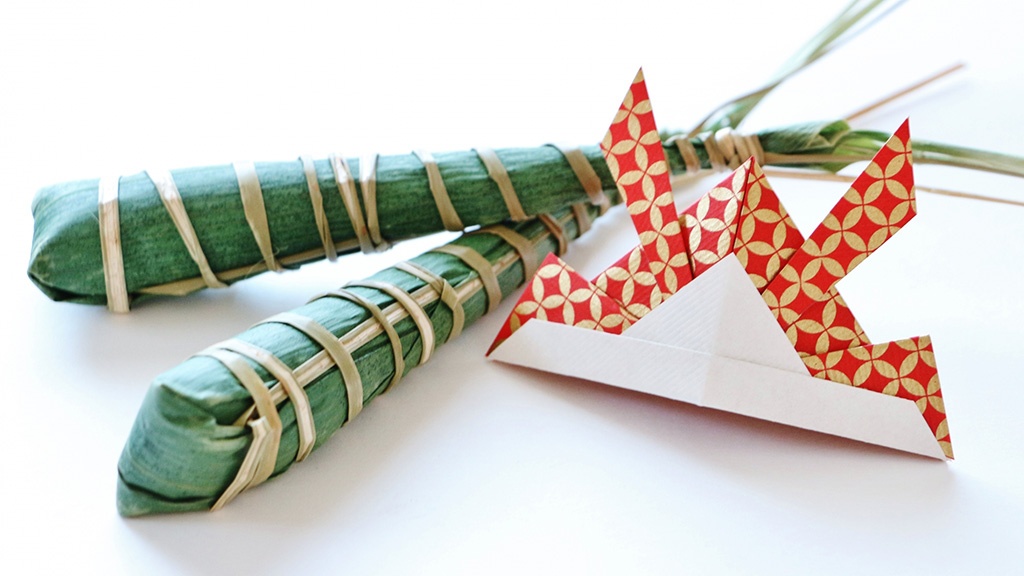
“Chimaki” is Japanese confectionery that consists of steamed sweet rice cakes made from rice flour, and other ingredients wrapped in bamboo grass leaves. The fact that it is wrapped in leaves with a strong fragrance, such as a bamboo grass leaf, has the meaning of warding off bad luck. It has a unique shape, bound in a spiral shape with igusa (rushes) and other material. It can be purchased at supermarkets. The leaves are not only fragrant, but also have a germ-killing and moisturizing effect. (The leaves are not eaten.)
[Bathing Experience] Shobuyu (iris bath)
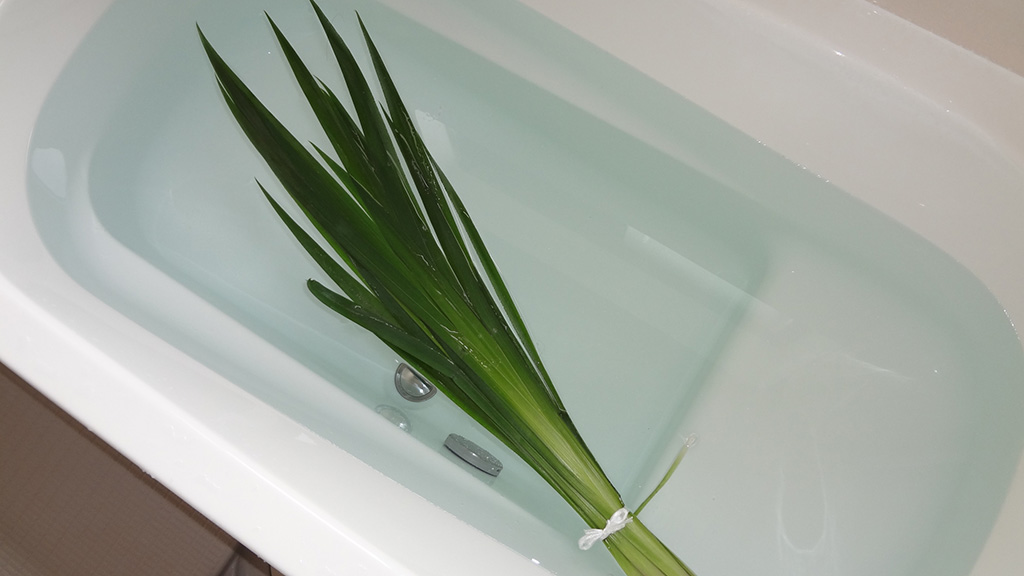
A bath containing iris leaves and roots is called shobuyu. The unique strong fragrance is said to have the power to keep bad luck away. It was also a plant of good luck for samurai families, as its pronunciation is the same as the word ‘Shobu’ (respect for the warrior), and its long, thin leaves resemble a sword.
The iris leaves can be purchased from supermarkets and flower shops. Wash them in water and float them directly in the bath. After putting the iris in the bath, fill the bathtub with hot water or boil the water to make the fragrance stronger.
Summary
In Japan, public holidays come together at the end of April and the beginning of May. This period is known as Golden Week (GW), as it tends to be a number of consecutive holidays. Children’s Day is also included in this period and various events are held.
Spring in Japan tends to be mild and pleasant. Wouldn’t it be nice to enjoy Children’s Day with your family?
- Advantages and Disadvantages of Making a Second Rakuten Card
- Types of Tea Often Drunk in Japan and Their Characteristics
- What is a yukata? Explanation of their features, how to wear them, and how they differ from a kimono
- Types of Sushi and Its History
- [Explained by a Legal Professional]Basics of Residence Cards





